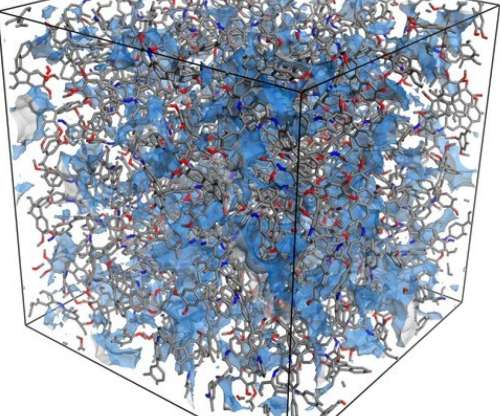GWU team uses one-pot process to co-generate H2 and solid carbon from water and CO2; solar fuels
Green Car Congress
DECEMBER 30, 2014
One-pot electrolytic process produces H 2 and solid carbon from water and CO 2. In this study, they focused on the electrolysis component for STEP fuel, producing hydrogen and graphitic carbon from water and carbon dioxide. The one-pot co-synthesis of hydrogen and carbon and C was carried using a new Li 1.6





































Let's personalize your content